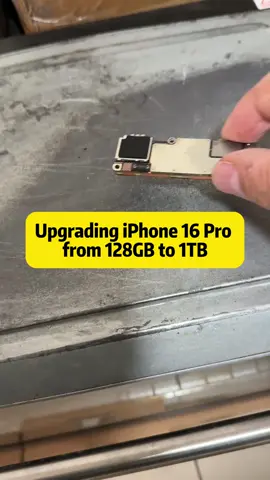Ballys Colombo
Region: LK
Tuesday 24 December 2024 09:52:27 GMT
888
22
0
4
Music
Download
Comments
There are no more comments for this video.
To see more videos from user @ballyscolombo, please go to the Tikwm
homepage.





